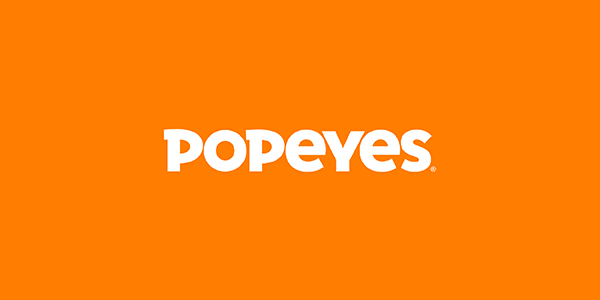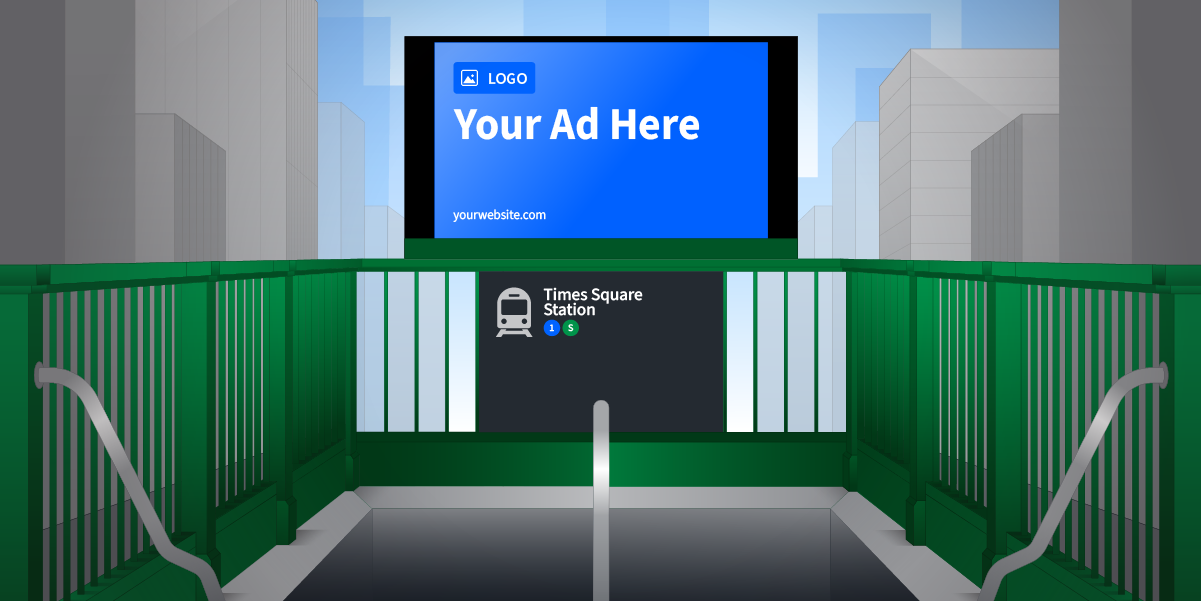How to Build a Contextual Advertising Strategy for CPG

Consumer behaviours have evolved because of the pandemic, affecting nearly every industry—including consumer packaged goods (CPG). As a result, marketing strategies are changing, too. For CPG brands, embracing programmatic advertising isn’t just a tool for moving away from walled gardens. Programmatic provides an opportunity to leverage AI-powered targeting options such as contextual advertising to respond to changes in the industry.
Contextual Advertising Tips for CPG Brands
Behavioural targeting relies on the user’s past actions to understand the kind of purchase they are likely to make. If a consumer performs an action online or offline, they are entered into a user pool or audience list. A cookie or online identifier tracks this user—then, ads can be served according to their past behaviour.
But with consumer demand and new regulations around online privacy, some marketers are looking to adopt alternative targeting methods—like contextual advertising. Rather than relying on behavioural, marketers can instead use contextual advertising to target users based on the environment in which the ad appears. This strategy places focus on the consumer’s current frame of mind to show a relevant ad.
If you’re a CPG advertiser looking for new ways to target and reach your audience, read on to learn how to build a contextual strategy for CPG brands.
Identify Your Audience’s Mindset
Contextual leverages algorithms to target ad placements based on keywords, website content, and other metadata. This targeting method makes sure that ads reach people who are browsing content about a specific topic. Their browsing signals their intent in that specific moment, which can be a reliable indicator of purchase behaviour.
For CPG marketers, understanding your audience’s mindset will help you target the right contexts. There are a couple ways to gain intel into your audience’s frame of mind. You can use analytics to understand the demographics of your audience, leverage creatives, engage in social listening, and ultimately build consumer profiles. These profiles will help you understand what content your audience is browsing, and what frame of mind they should be in to be receptive to your ads.
For example, a brand that sells cosmetics should have a strong understanding of the frame of mind of a consumer who is interested in makeup. That consumer would likely be found browsing blogs or websites that discuss makeup. But, you might also find receptive consumers browsing related content, like fashion blogs. For a cosmetics brand that is vegan, targeting contexts related to a vegan lifestyle can help hone in on that specific niche.

Broaden the Contexts You Target
Most CPG products target a broad range of demographics and have a quick sales cycle. This means there’s lots of space for experimentation when contextually targeting consumers for a CPG brand. By broadening the contexts you target, you can figure out what really works.
To get started, experiment with inputting phrases related to the product category instead of the specific product. For example, a mascara brand might want to expand to include phrases related to cosmetics, skincare, fashion, or health. This same brand can broaden the demographics that they target. Use contextual words or phrases to target a broad age range, based on milestones they may be approaching. Or, experiment with targeting audiences who are interested in topics related to self-expression.
Another strategy for broadening the contexts you’re targeting is to consider how the viewer of a type of content might relate to your product. For example, a shoe company might shift from selling hiking boots by targeting content that is outdoors oriented, to targeting baby-related content to sell running shoes to parents. That advertiser can build creative that demonstrates how an upcoming or new parent could relate to using the running shoes. This approach focuses on showing consumers the potential of a CPG product.
Start Testing Contextual Advertising
When building your contextual ad strategy, keep in mind that the right context doesn’t always correlate with the landing page or CPG product. For example, it might seem intuitive to target food and cooking related content if you’re a CPG brand that sells soup. While this strategy will likely yield results, you may also find success in targeting sites related to cold symptoms. That way, you reach an audience that is likely in a current frame of mind that’s receptive to cold remedies.
Contextual advertising is providing CPG marketers the perfect opportunity to experiment with imaginative targeting strategies. This is particularly important as consumer behaviour continues to evolve. There’s another benefit to embracing contextual targeting, too—as the cookie becomes more redundant, contextual advertising provides an alternative strategy to shift to.
Looking to start experimenting with contextual advertising? If you’re a StackAdapt customer, you can get started with contextual targeting now! Request a demo to get started.






